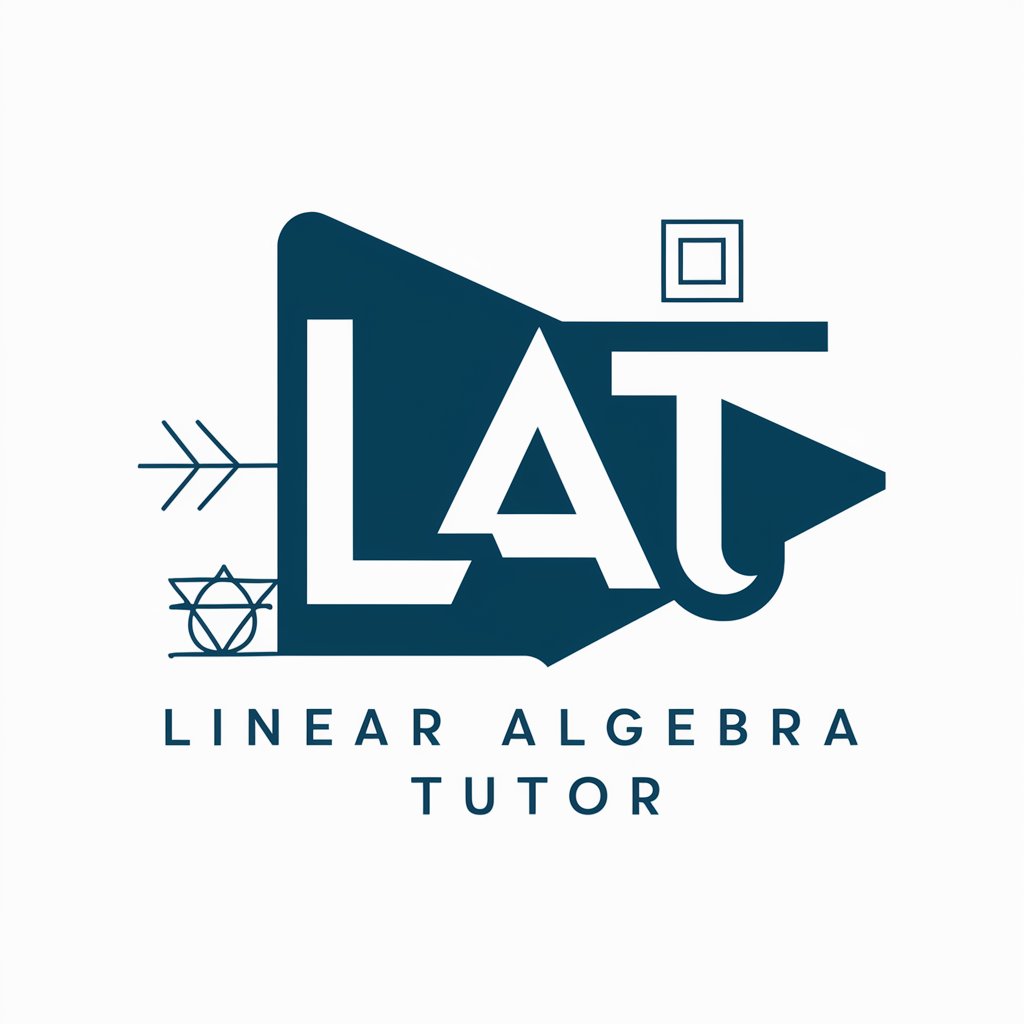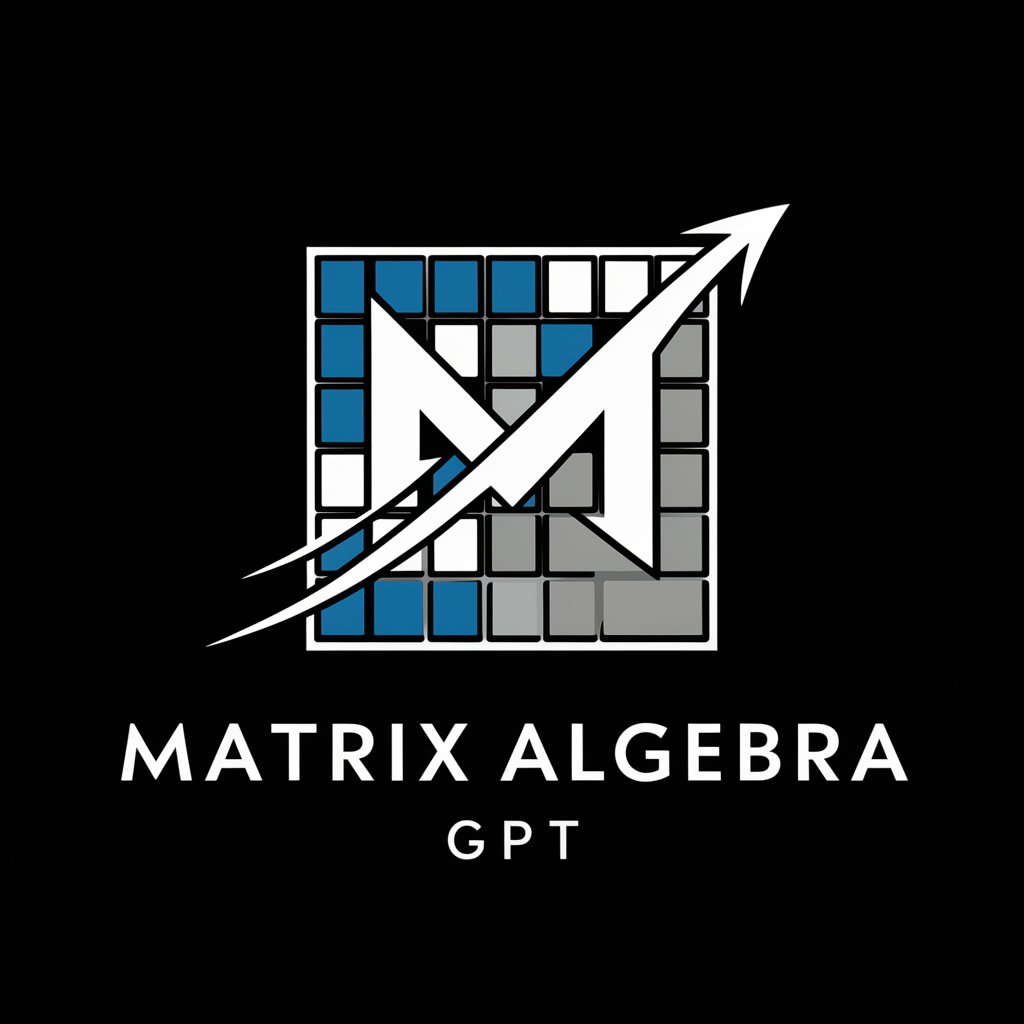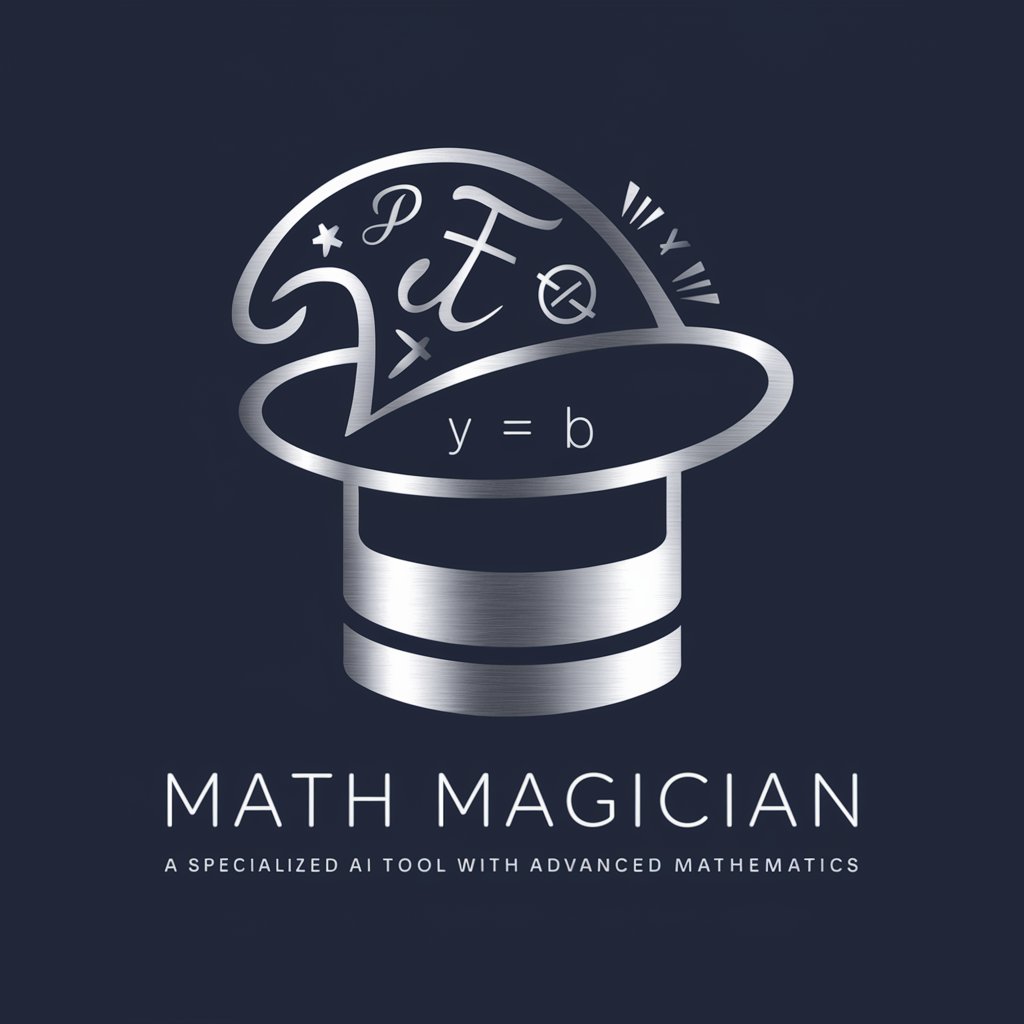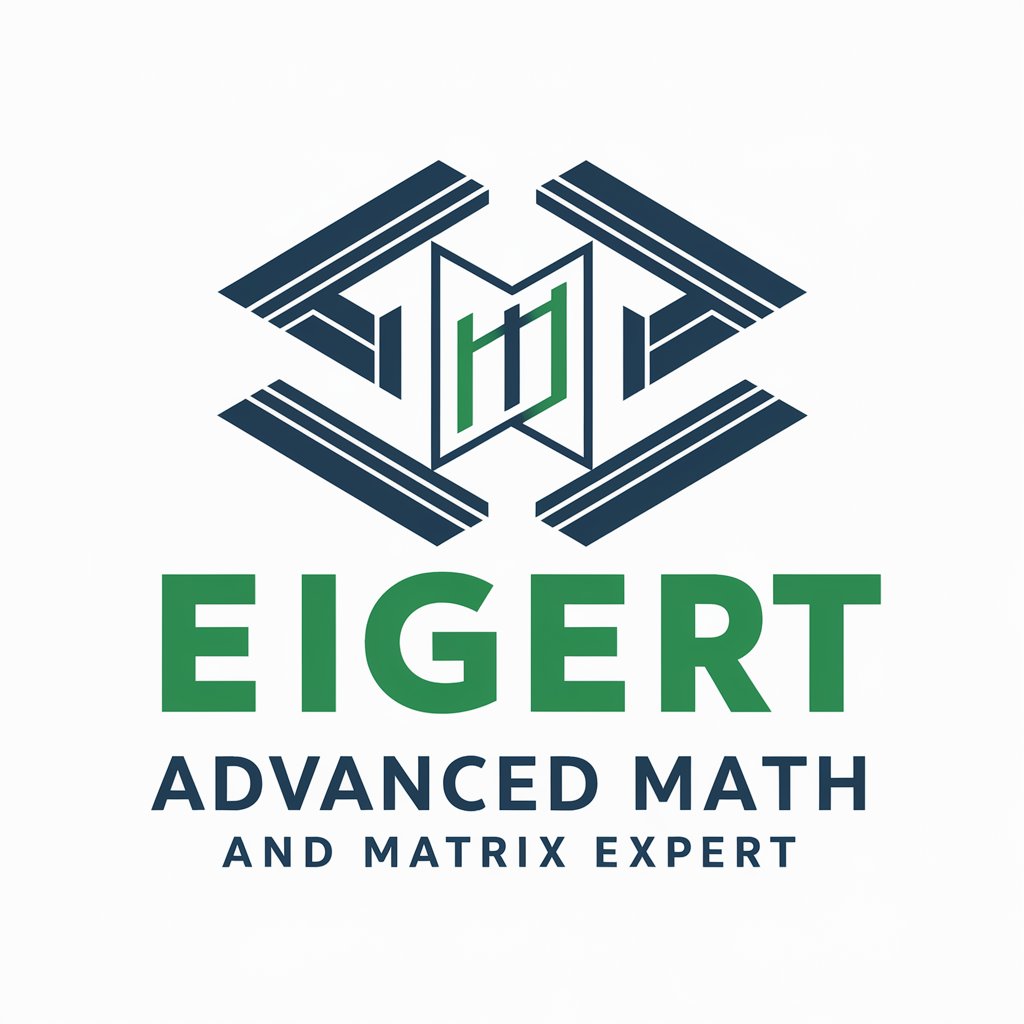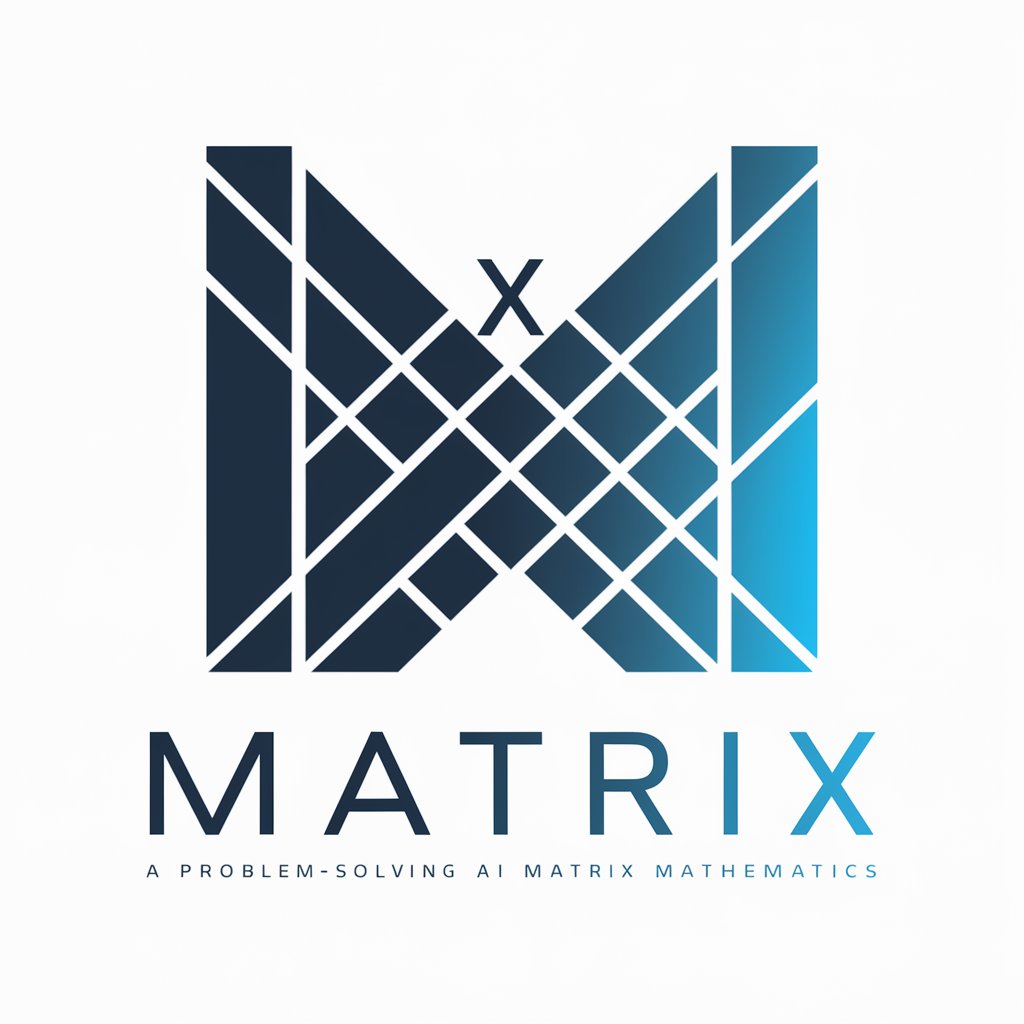
Matrix Method in Data Analysis Tutor - Advanced Data Analysis Guidance
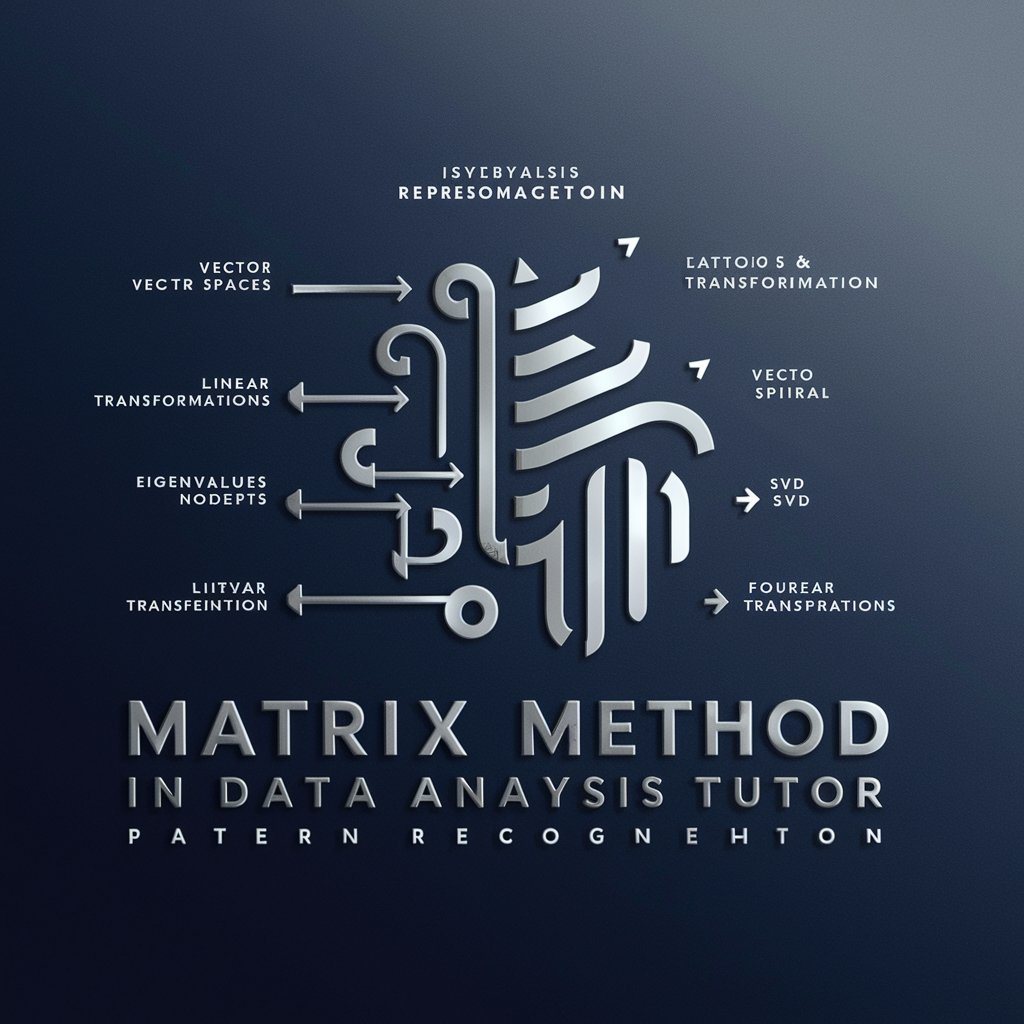
Welcome to the Matrix Method in Data Analysis Tutor, where complex concepts become clear.
Empowering analysis with AI-driven insights.
Explain the concept of singular value decomposition (SVD) and its applications in image processing.
How do eigenvalues and eigenvectors contribute to the understanding of linear transformations?
Describe the process and importance of orthogonal projections in vector spaces.
What is the role of Fourier transforms in data analysis and pattern recognition?
Get Embed Code
Overview of Matrix Method in Data Analysis Tutor
The Matrix Method in Data Analysis Tutor is designed as an advanced instructional tool for graduate students and professionals seeking to deepen their understanding of complex data analysis and pattern recognition techniques. At its core, it focuses on leveraging matrix theories and methods to solve problems in data analysis, such as vector spaces, linear transformations, and eigenproblems. Through a blend of theoretical foundations and practical applications, this tutor aims to bridge the gap between abstract mathematical concepts and their implementation in real-world scenarios. Examples of its application include simplifying the understanding of image processing techniques through singular value decomposition (SVD), enhancing object recognition via eigenfaces, and improving text mining with latent semantic analysis. Powered by ChatGPT-4o。

Core Functions and Use Cases
Eigenvalues and Eigenvectors
Example
Used in Principal Component Analysis (PCA) for dimensionality reduction in image recognition tasks, aiding in identifying the most significant features in a dataset.
Scenario
In a facial recognition system, eigenvalues and eigenvectors are applied to identify and emphasize the features that most effectively distinguish between different faces.
Singular Value Decomposition (SVD)
Example
Facilitates the compression and noise reduction in digital images, enabling more efficient storage and transmission.
Scenario
For digital libraries, SVD helps in compressing high-resolution artworks for online storage, ensuring that the essential details are preserved while reducing the file size.
Fourier and Wavelet Transforms
Example
Used in signal processing to analyze the frequency components of signals or images, which is essential in filtering and image compression.
Scenario
In medical imaging, wavelet transforms are employed to enhance the clarity of MRI scans, allowing for better diagnosis by highlighting certain frequencies that correspond to critical features.
Convolution
Example
Integral to the operations of convolutional neural networks (CNNs), which are used for image and video recognition, natural language processing, and other data-intensive applications.
Scenario
In automated driving systems, convolution is utilized within CNNs to process and interpret road signs, pedestrians, and other critical objects from video streams in real-time.
Target User Groups
Graduate Students
Students pursuing advanced degrees in data science, computer science, electrical engineering, and related fields will find this tutor invaluable for mastering complex mathematical concepts and applying them to research in areas like machine learning, computer vision, and natural language processing.
Research Scientists
Professionals in research institutions and industries focusing on developing new technologies or enhancing existing algorithms in pattern recognition, image processing, and data analysis will benefit from the deep understanding and practical applications provided by the tutor.
Data Analysts and Engineers
Those involved in analyzing large datasets, building predictive models, and implementing algorithms for data processing and visualization will gain insights into using matrix methods for optimizing their workflows and improving analysis outcomes.

How to Use the Matrix Method in Data Analysis Tutor
Start Your Journey
Begin by visiting yeschat.ai for an initial exploration without the need to log in, and access a complimentary trial without requiring ChatGPT Plus.
Identify Your Needs
Evaluate your data analysis or pattern recognition challenges to understand how the Matrix Method in Data Analysis Tutor can address your specific requirements.
Explore Tutorials
Leverage the available tutorials and resources to familiarize yourself with vector spaces, linear transformations, and other advanced topics relevant to your interests.
Apply Knowledge
Use the tool to apply theoretical knowledge to practical problems, such as object recognition or digital image processing, to gain hands-on experience.
Seek Support
For complex queries or further clarification, don’t hesitate to seek support within the platform, ensuring a comprehensive understanding and optimal learning experience.
Try other advanced and practical GPTs
Locksmith Las Vegas, Nevada AI Assistance
Unlocking Las Vegas with AI

Dream Job Finder
Empowering your career decisions with AI.

Language Learning Companion
Master languages with AI-powered guidance
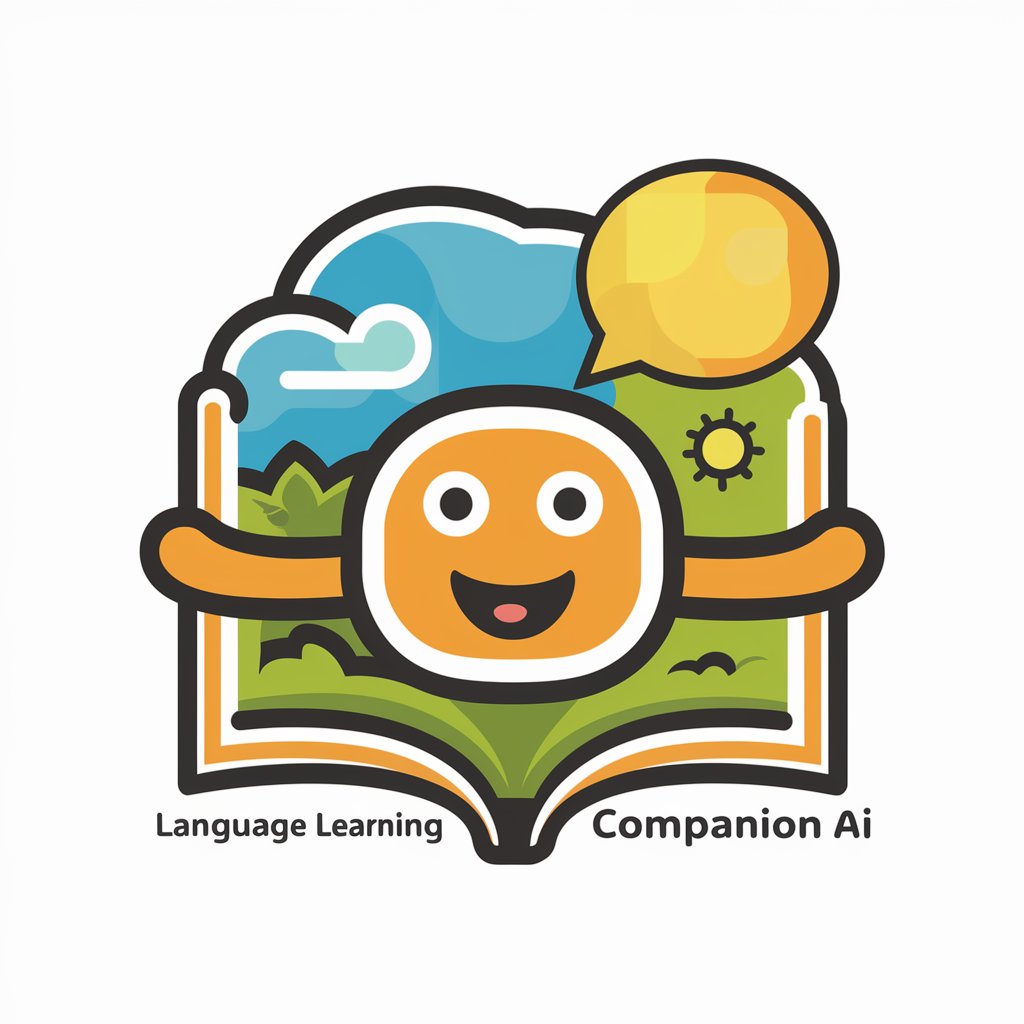
Advanced Biology Explorer
Discover Biology with AI-Powered Visualization

Comin' Down meaning?
AI-driven meaning interpretation for complex phrases.

GPT for YNAB (Unofficial)
AI-powered Budgeting Companion

West Virginia Lawyer
Empowering Legal Decisions with AI

AI Homework Helper
Your Smart Academic Partner
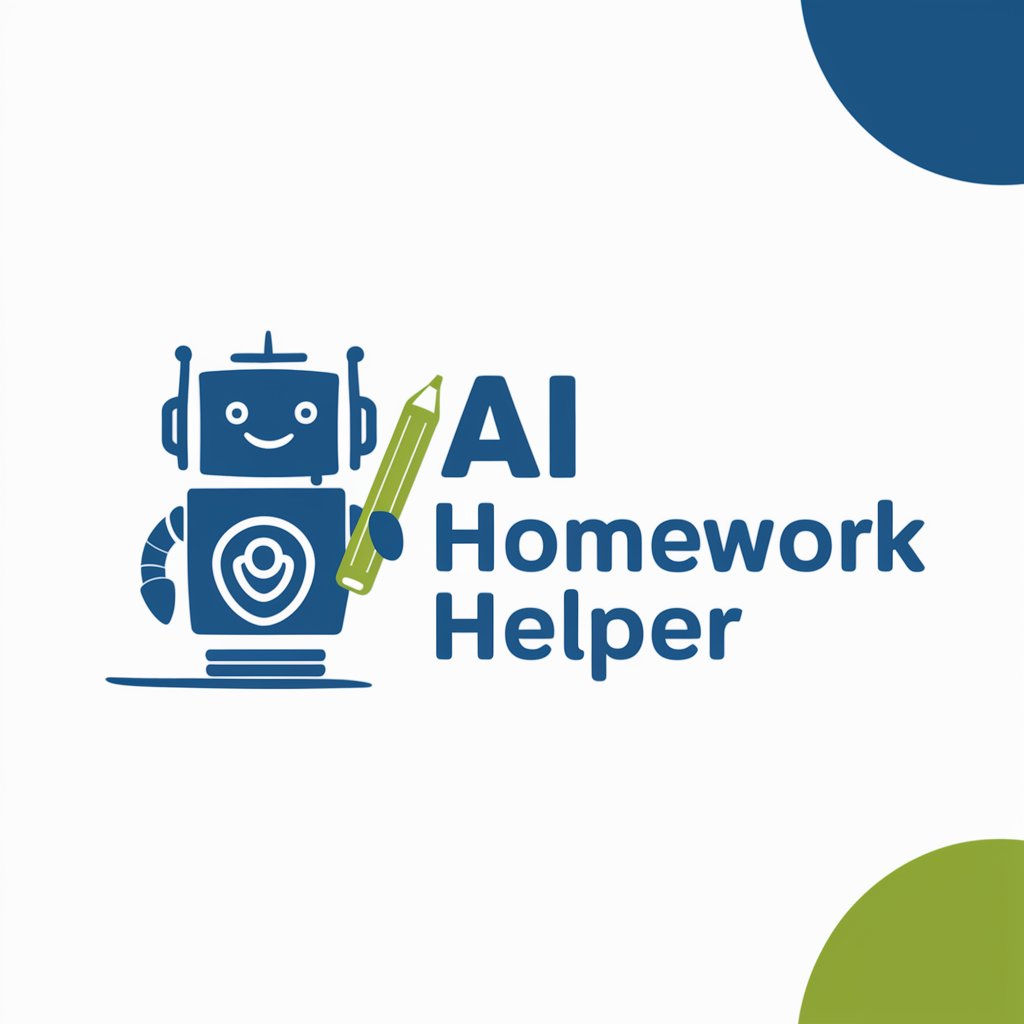
Career Catalyst
Empower Your Career with AI

Social Media Post Scribe
Crafting Engaging Social Posts with AI

Rover the Chat Hound
Unleash creativity with AI-powered chats!

Your Personal Accountant
Simplifying accounting with AI precision.

Frequently Asked Questions about Matrix Method in Data Analysis Tutor
What is the Matrix Method in Data Analysis Tutor?
It's an advanced AI-powered tool designed to assist in mastering complex concepts in data analysis and pattern recognition, including vector spaces, eigenvalues, and convolution, among others.
How can this tool help me with object recognition projects?
By utilizing algorithms and methods like SVD and tangent distance, it provides comprehensive guidance on feature extraction and classification, crucial for effective object recognition.
Can I learn about Fourier and wavelet transforms with this tutor?
Absolutely. The tutor covers both Fourier and wavelet transforms in detail, explaining their applications in signal processing and image compression.
Is the Matrix Method in Data Analysis Tutor suitable for beginners?
While it's geared towards graduate students, beginners with a basic understanding of linear algebra and calculus can benefit from the tutorials and step-by-step guides.
What makes this tutor different from other learning platforms?
Its focus on advanced data analysis and pattern recognition topics, coupled with AI-powered features for personalized learning, sets it apart from general educational platforms.

